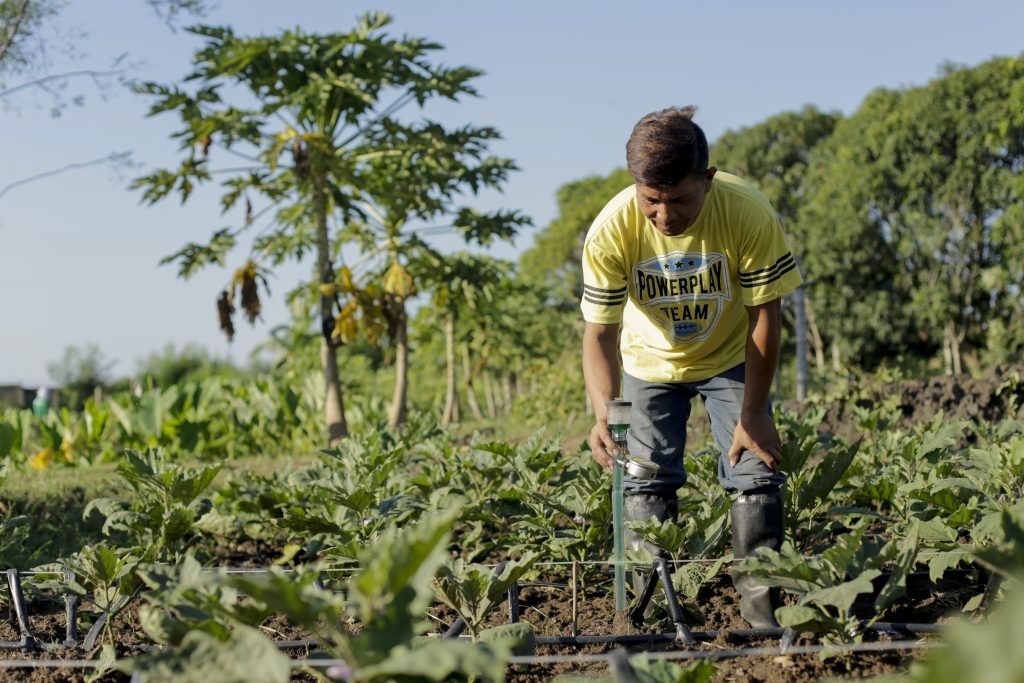
With the strict order of staying at home, many Filipinos relied on relief goods for daily food. But dishes from these relief goods can be made healthier through the availability of vegetables around the house.
As access to food may be limited during pandemic, malnutrition becomes more prevalent; doubling the burden in already undernourished conditions in rural and urban areas. The State of the World’s Children: Children, Food, and Nutrition report of the United Nations Children’s Fund showed that “one in three 12-23-month-old Filipino children suffer from anemia while one in three children are irreversibly stunted by the age of 2. One in 10 adolescents are also obese from wrong eating habits.”
Moreover, data from the 2015 Updating of the Nutritional Status of Filipino Children and Other Population Groups of the Food and Nutrition Research Institute showed that overweight and obesity were the prevailing problems for adults over 20 years old in Central Luzon.
The 2015 Food Security Status, on the other hand, showed that only 3 out of 10 Filipino households are food secure. This meant that almost two-thirds of the households are still struggling from not having enough food for their families.
“This calls for the need to urge consumers to eat healthy and teach them ways how to have a stable food source at home,” said Jesusa Rivera, an expert from the Agronomy, Soils, and Plant Pathology Division of the Department of Agriculture-Philippine Rice Research Institute (DA-PhilRice).
According to Rivera, consumers do not have to wait too long to have a sustainable source of food from vegetable farming as green leafy vegetables like pechay, mustasa, kangkong, saluyot, and alugbati can already be harvested within 25-35 days after planting. Other vegetables like eggplants, tomatoes, and chilis usually take 45 days to 3 months to be harvested.
Willy Hidalgo, 53, from Talavera Nueva Ecija said that vegetable farming, which he integrated with rice growing, eases his life.
“I harvested squash, chili, and pechay in a parcel in my 4-ha field, and it really made a huge difference. I can be assured that my family will always have something nutritious to eat, and I am confident because I grew them myself,” the 53-year-old farmer said.
Hidalgo said that planting vegetables is a good way to secure a stable source of safe and nutritious food at home, especially now that everyone is advised to stay at home as much as possible and practice social distancing.
“With vegetables in our yard, we don’t have to go outside our homes to buy food and risk ourselves catching viruses and infecting other members in our household,” he said.
Integrating vegetable farming with rice growing is promoted in one of PhilRice projects, Palayamananan Plus (PalayPlus), a rice-based production system program that started in 2014. Guided by its goal of sustainably increasing farmers’ income and tightening food and nutrition security, this program exemplifies the “BE RICH” principle, which stands for better resource allocation; enhanced biodiversity and ecological balance; reduced production risks; increased cropping intensity, productivity, and sustainability; continuous supply of nutritious food; and higher and more stable income.
Palayamanan concept also encourages farmers to diversify food and income sources, intensify farm productivity, and integrate other components aside from rice like livestock raising and vegetable planting.
To know more about Palayamanan, visit https://www.philrice.gov.ph/databases/references/.




